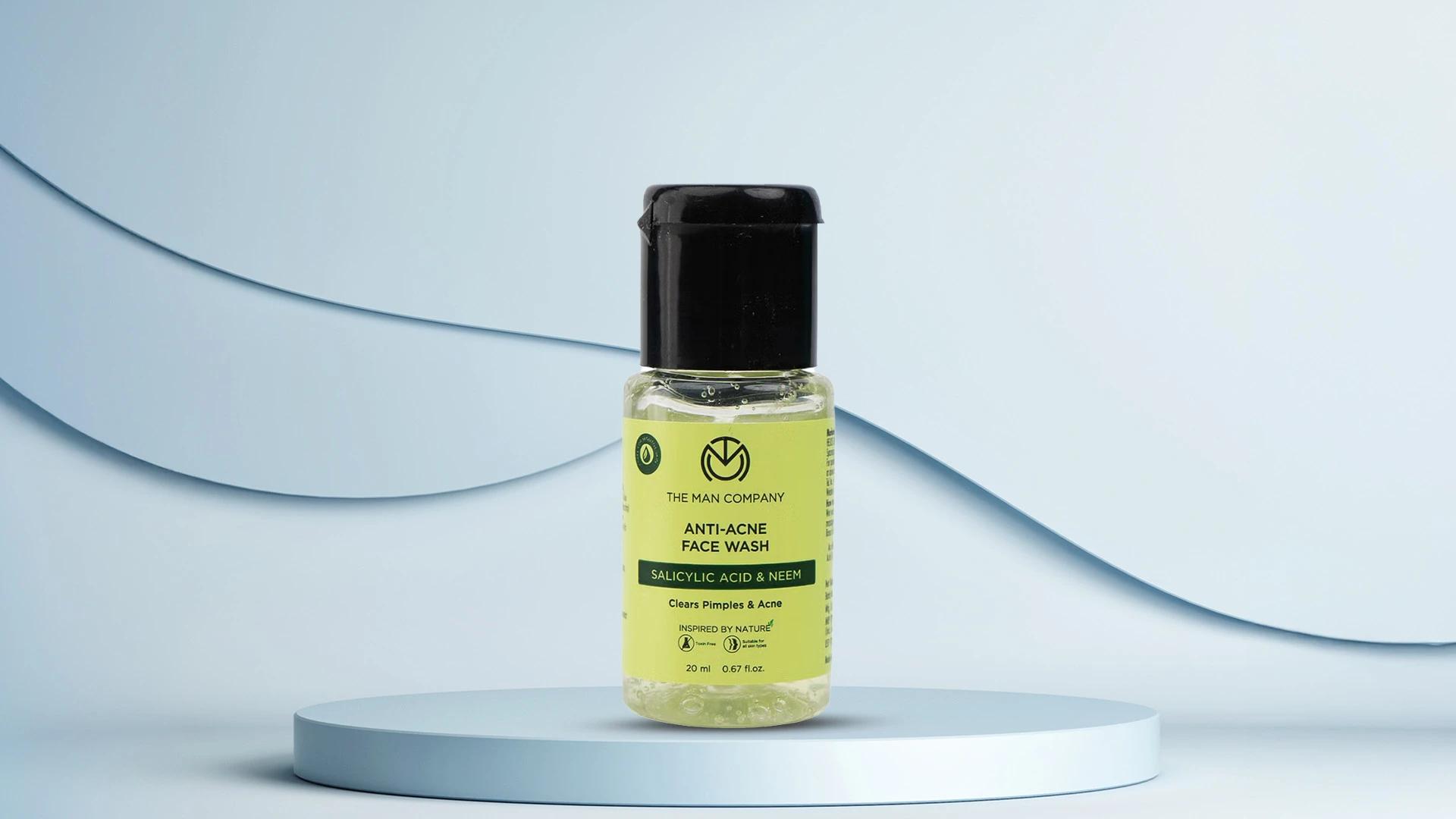Night time is prime time for salicylic acid. After cleansing, apply your cream, wait, then follow with your usual moisturiser. If you're using other active ingredients like retinol, alternate nights rather than layering them together—your skin will thank you for not overwhelming it.
This is when your skin does most of its repair work, so evening application often gives better results for blackhead removal and overall blemish control.
Maximising the Benefits of Salicylic Acid Cream
Getting the most out of your salicylic acid routine isn't just about the product itself—it's about creating the right environment for it to work. Your skin is basically an ecosystem, and everything you put on it (and in your body) affects how well your acne treatment performs. Small changes can make a massive difference to your results.
Think of it as supporting your skincare from all angles rather than expecting one product to do all the heavy lifting.
Complementary Skincare Products
Your salicylic acid cream works best when it's part of a team. A gentle, non-stripping cleanser sets the stage, whilst a good oil-free moisturiser keeps your skin barrier happy. Look for products that won't compete with your salicylic acid—fragrance-free, gentle formulations that support rather than fight against your main ingredient.
Hyaluronic acid serums can be brilliant for keeping hydration levels up whilst your skin adjusts to regular exfoliation.
Lifestyle Factors
Let's be real—your skin reflects what's happening inside your body too. Staying hydrated helps your skin maintain its barrier function, which means less irritation when you're using active ingredients. Sleep isn't just good for under-eye bags; it's when your skin does its repair work.
Stress management might sound fluffy, but chronic stress can trigger breakouts that even the best skincare routine struggles to keep up with.
Potential Side Effects and Precautions
No ingredient is perfect for everyone, and salicylic acid comes with its own set of things to watch out for. The good news is that most side effects are temporary and manageable if you know what to expect. Being aware of what's normal versus what's a red flag helps you adjust your routine rather than abandoning ship at the first sign of change.
Most people experience some degree of skin adjustment when they start using any new active ingredient—it's your skin learning to work with something new.
Common Side Effects
Dryness and mild peeling are pretty standard, especially in the first few weeks. Your skin might feel tighter than usual or look slightly flaky—this is normal and usually settles as your skin adapts. Slight redness immediately after application is also common and typically fades within an hour or two.
What's not normal? Severe burning, persistent redness, or breakouts that get significantly worse after a few weeks of use.
When to Consult a Dermatologist
If you're experiencing severe irritation that doesn't improve after reducing frequency or stopping use, it's time to get professional advice. Similarly, if your acne isn't responding after 8-12 weeks of consistent use, a dermatologist can help you figure out if you need a different concentration or a completely different approach.
Pregnancy and breastfeeding are also times when professional guidance makes sense, even though salicylic acid is generally considered safe in low concentrations.
Tracking Progress and Adjusting Usage
Results don't happen overnight, and knowing what to expect can save you from unnecessary frustration. Most people start seeing improvements around the 4-6 week mark, with more significant changes appearing after 8-12 weeks of consistent use. Your skin has its own timeline, and comparing your progress to others' isn't helpful—focus on your own before and after.
Keeping a simple skin diary (even just phone photos) can help you spot improvements that might not be obvious day-to-day.


 30 ml
30 ml 100 ml
100 ml 15 ml
15 ml 30 ml
30 ml